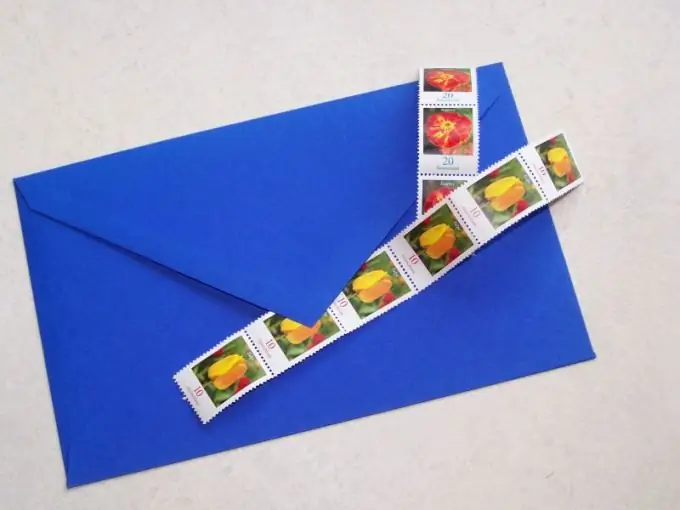- Author Antonio Harrison [email protected].
- Public 2023-12-16 07:44.
- Last modified 2025-01-22 21:44.
Some letters end so vaguely that the addressee is bewildered: he has to re-read the text to understand the essence. Due to lack of time, the recipient may throw away the letter or do something to distract himself and no longer delve into the stated situation. A clear, concise and competent ending emphasizes respect for the reader and helps to quickly respond to a request or demand.

Instructions
Step 1
State what you wanted to say in three points. It may seem that the thoughts are presented clearly, but the perception of information depends on the state of the reader. Therefore, re-read the text and write down three main thoughts separately. These can be facts, dates, names, etc. Emotions are not needed here, write briefly, in a few words, because you just need to summarize, recall the main points.
Step 2
Write down three actions for the recipient of the email. People's reactions can be unpredictable. It seems to you that it is possible to react unequivocally to the information presented, but a person does it depending on individual habits and intentions. If you do not clearly state what you expect from the reader, he will not understand or say that he did not understand.
Step 3
Arrange the list from the previous steps in descending order of importance. The ending of the letter sometimes resembles the last word at a court hearing: the impression of the recipient of the letter, conclusions and consequences depend on this. Remove items from the list that can be omitted without compromising the meaning of the message. Place the rest of the short list at the end of the letter so that the reader does not miss anything.
Step 4
Indicate the time frame. If you are waiting for a reaction to the letter, be specific about your expectations. Some people have a tendency to delay until the last, so specifying a specific time may not be superfluous.
Step 5
Leave your contact details. Your correspondent should be able to quickly find your phone. Anticipate such situations and, just in case, include the necessary information in the letter, even if you are sure that the recipient has it.
Step 6
Be polite, say something nice, thank you for your time. The addressee will react more willingly and get in touch faster if the letter pleases him or keeps him from unpleasant experiences.
Step 7
Be sure to sign the message with your name: this creates the feeling of real communication. It is important for the person to focus on the answer and take it responsibly. Lead by example and people will treat you the same way.






